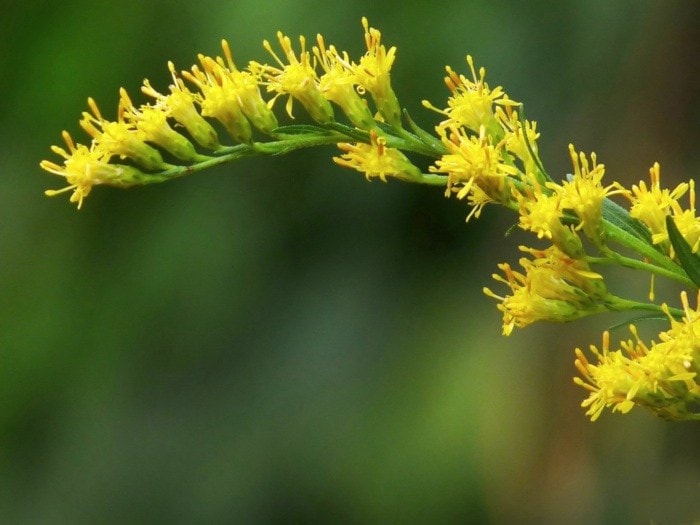The common dandelion followed the footsteps, cart wheels and train tracks of settlers and made itself at home across North America.
Every one of its seeds is equipped with a little parachute that wafts it into the air at the slightest breath of wind, carrying it down the road.
Its roots dig deep and new ones sprout readily when the taproot is cut.
Edible and nutritious, the resourceful dandelion is seldom featured on modern menus.
It is only one of hundreds of non-native flowering plants that were introduced into the Lower Mainland, intentionally or accidentally, over the last 150 years.
 Such invasives now dominate the landscape, squeezing out the many beautiful native plants that once graced local forests, prairies and wetlands. Local species that survive should be cherished as heritage plants.
Such invasives now dominate the landscape, squeezing out the many beautiful native plants that once graced local forests, prairies and wetlands. Local species that survive should be cherished as heritage plants.
Heritage plants can be looked for in habitats that have survived urbanization, such as the sand dunes in Boundary Bay Regional Park. Here, tiny blue-eyed Mary can be found in spring, mingling with pink thrift and spiky big-headed sedges.
As summer progresses, fragrant stalks of bare stem lomatium, topped with umbrellas of tiny flowers, emerge in the same habitat.
This wild celery is a traditional flavouring and mosquito repellant.
The glorious yellows of gumweed and Canada goldenrod, and the purple of fireweed and Douglas’ aster brighten the Boundary Bay marshes.
Some local forests still have heritage plants like trillium, wild red currant, and Oregon grape, but the flowers of the Fraser delta’s prairie grasslands are gone.
These were the showiest blooms: blue camas and larkspur, pink fawn lilies, chocolate lilies and Hooker’s onion. They grow sparsely on the Gulf Islands and southern Vancouver Island.
Harvesting may have been a component of maintaining viable plant populations. Camas bulbs were highly valued as food by the First Nations and plots were regularly weeded.
The tall stems with their sky blue blossoms die back after flowering, so the presence of bulbs is only known to those who tend them.
Many herbal plants, berries and tea leaves were collected in Burns Bog and Richmond bogs by Coast Salish people and those who learned from them. Local bogs still have heritage plants, including native blueberries, the carnivorous sundew, and those delicate beauties, the bog cranberry and cloudberry. Choose BC native plants for your garden to provide food and habitat for wildlife and avoid invasive non-native species.
Anne Murray’s books on Delta’s natural and ecological history, A Nature Guide to Boundary Bay and Tracing Our Past, a Heritage Guide to Boundary Bay, are available in local stores or from www.natureguidesbc.com. She blogs at www.natureguidesbc.wordpress.com
